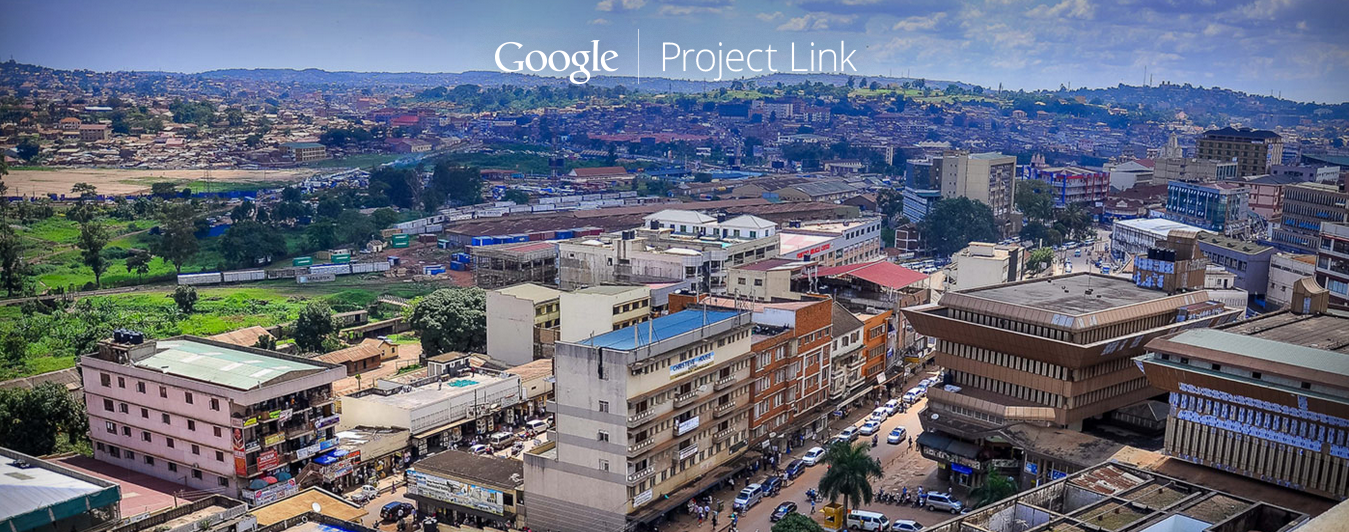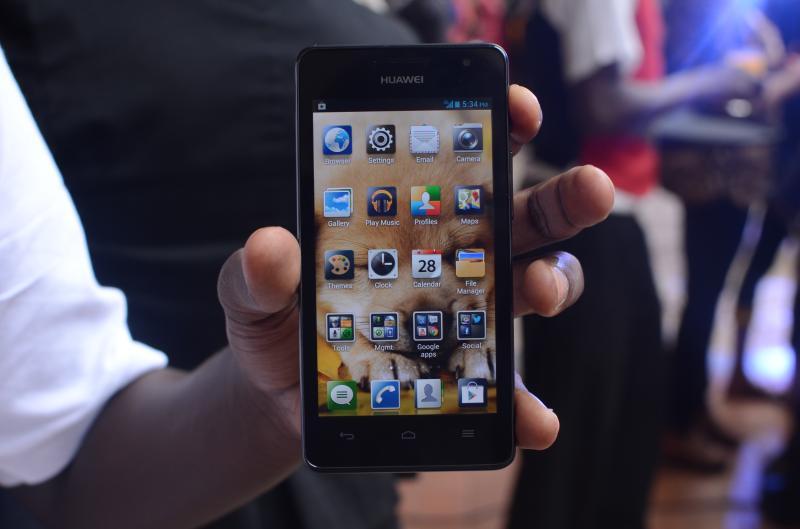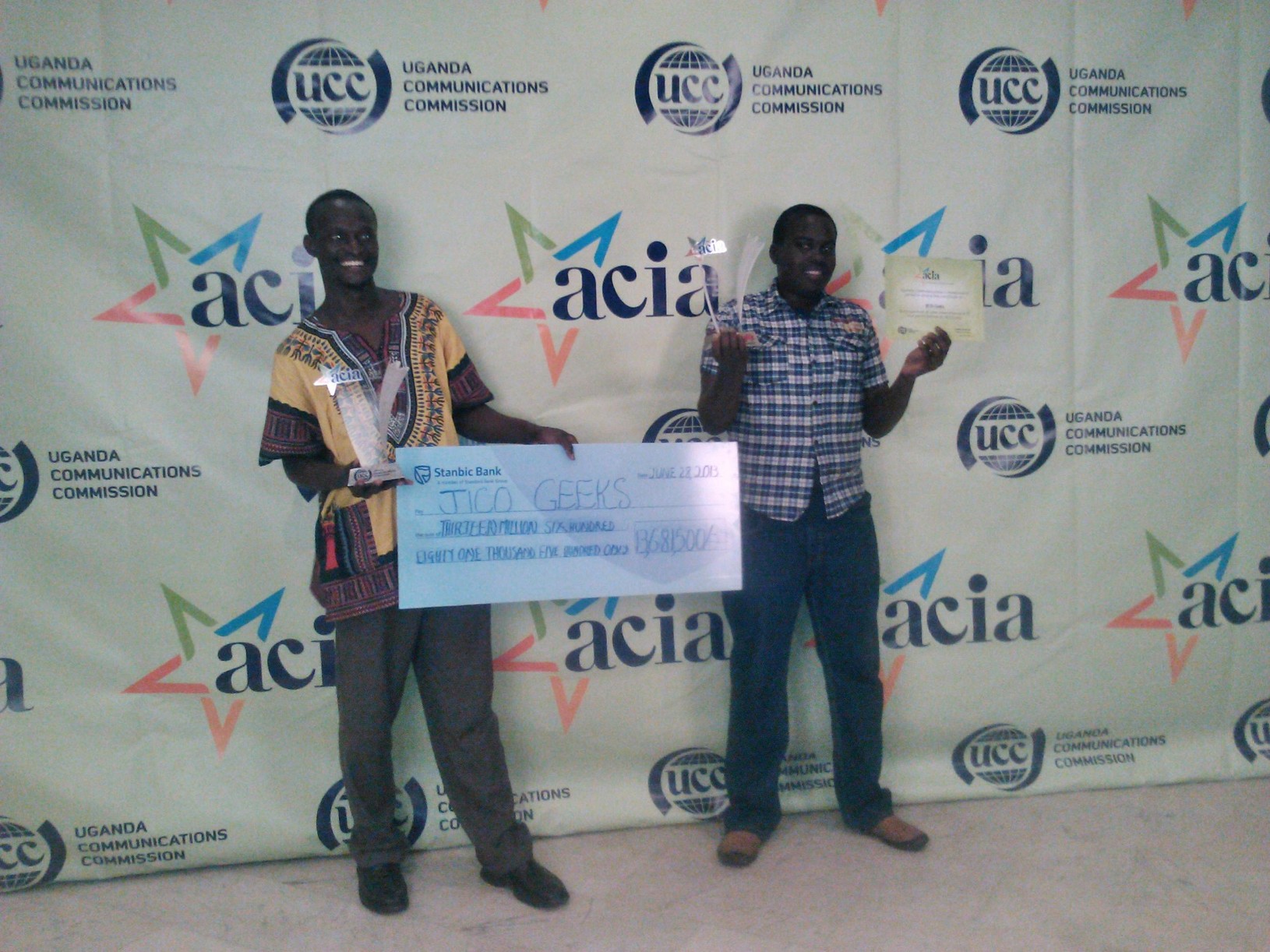Hint: a demographer is a person who studies population growth and density basing on vital statistics
Google is in mad love with numbers. The search giant makes more than 90% of its revenue through advertisement implying that the more eyeballs it has (Google users), the more money it bags.
In 2012, details of the failure of the $ 100 million national fiber optic internet backbone infrastructure contract between the government of Uganda and embattled Chinese telecommunications giant –Huawei technologies– were made public. There was an outcry by Uganda citing overpricing and poor quality workmanship in laying of the cables.
This was such a big blow to Uganda, a land-locked country, which had significantly shown promise to leapfrog barriers to development through use of ICT as a tool of economic leverage.
Google just came with the right offer on the table, too good that the already desperate Uganda government couldn’t have hoped for anything better.
They called it Project Link .
An ambitious project that will connect schools, hospitals, government institutions to greater bandwidth in Uganda’s capital Kampala and neighbouring districts; Entebbe and Jinja. According to Google’s German-born Access field director, Kai Wulff, “Project Link is building a metro fiber network and making it available to mobile operators and ISPs [Internet service providers], providing high-capacity fiber at a lower cost than any one provider could build themselves. The goal is to deliver capacity to operators that can build on this infrastructure to improve service for customers.” So far over 160km (100 miles) of cable have been laid in the greater part of Kampala and heading to Entebbe.
Now, I am not a demographer by any stretch of the word. Infact, I may be wrong at this deliberation but one thing for sure; demography is all about numbers, numbers and numbers in regard to vital influencing factors.
Allow me introduce Google’s Kai Wulff, officially –he is well known for his notoriety and satirical statements that almost put him in trouble whenever he is a panelist. He jokes that he has to travel with a lawyer because of his verbosity which is usually without minced words.
At the recent Google supported G|Days event in Kampala, I asked Kai why Google had chosen Uganda as the destination for Project Link. His answer was simple; that he is biased and darn loves Kampala.
That is what I call Googleness —not delving much into the innovation’s boring technical details (however jaw-dropping!) but showing you how important the innovation is to your daily livelihood.
Of course, Google has some of the sharpest minds in the world, so Kai’s answer was pretty vague.
Let’s talk mathese:
1. Uganda has the youngest population in the world, about 80% of the population is below 24.
2. Uganda has the highest population growth rate, population is expected to double by 2019 to 65 million.
3. Kampala has a population of about 3 million people and majority are tech savvy and self employed.
4. According to renown Kenyan blogger, Mark Kaigwa; there are more mobile phones than light bulbs, mobile is the future.
5. Majority of Ugandans will fall for almost anything, as long you get the marketing right.
6. The most important statistic above all –Uganda’s market is VIRGIN. Most of the markets in Sub-Saharan Africa are close to getting saturated or there are multitudes of bottlenecks to navigate. Uganda, besides being very liberal and land locked, boasts of a highly competitive telecommunications sector, which has helped lower connectivity costs and boost the number of Internet users to 6 million, or about 16 percent of the population, according to a government report this year. That’s up from about 1 million users six years ago. Internet penetration in non-urban areas is still low, and the rural dwellers who make up about three-fourths of Uganda’s population won’t benefit directly from Project Link; for them, access to computers and mobile devices is hard to come by in the first place.
Kai Wulff doesn’t believe in magic bullet ideas that are developed once and deployed everywhere. I believe this is a general Google mentality. With a goal of connecting the next 5 billion people, various experiments are being carried out.
According to a company statement released in October, Google spent $2.9 billion on infrastructure in the third quarter of this year, up from $872 million in the third quarter of 2012. That’s no small portion of Google’s reported consolidated revenues of $14.89 billion during the same period, but the company hopes that these expenditures will keep its global consumer base growing.
Google has in the past laid fiber optic cables in Alaska, Texas but this time around meant to ”kill off” cable t.v that has come of age and on its way to obsolescence. Also Google’s project loon is aimed at providing internet through sky surfing balloons and TV Whitespaces,a project to step up internet speeds in underprivileged schools in South Africa.
I have failed at very many things in life, but for project Link, I will not!
Kai Wulff is so sure about Project Link’s success and he has every reason to –the numbers are on his side.
Image via Project Link












